Ohrid’s Byzantine Churches
Throughout the Middle Ages, Ohrid was among the most important religious centers in the Balkans. There were reportedly 365 churches in the small city, one for every day of the year. Most have since vanished, having been destroyed or converted into mosques by the Ottoman Empire, but Ohrid still possesses more than its fair share of historic churches.
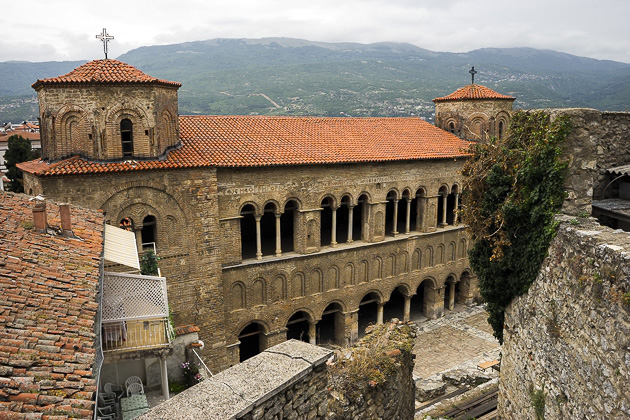
After descending from Tsar Samoil’s Fortress, we made a beeline for the Sveta Sofia, which looms large near the coast of Lake Ohrid. Originally built in the 9th century, this is among the most significant pieces of medieval architecture in the Balkans, and its interior is resplendent in Byzantine frescoes. “This art is amazing,” I said to Jürgen. “Take a ton of pictures!”
But with the first click of the shutter, an angry attendant ran into the church, shouting “No pictures!” We weren’t too surprised; this is the frustrating policy shared by most of the country’s Orthodox Churches. Even if you promise not to use flash, even if you ask for official permission, the only way to photograph inside most churches is to do so on the sly. In contrast, Macedonia’s mosques allowed us to take pictures whenever we asked.
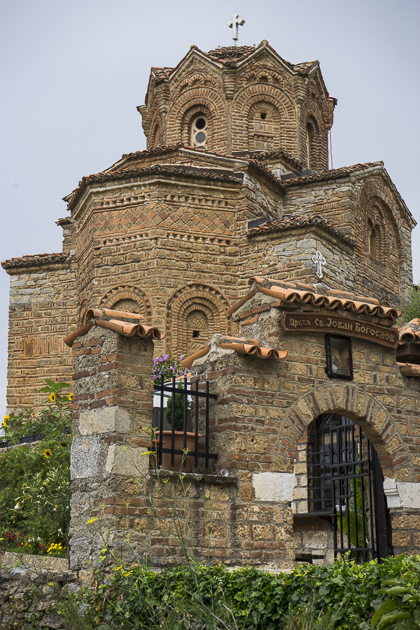
Set atop a cliff not far from the Sofia, is the Sv Jovan Kaneo. Again, no pictures were allowed inside the church, where original frescoes were discovered during restoration work in the 1960s. Sv Jovan dates from the 13th century, shortly before the arrival of the Ottomans and it was never converted to a mosque. Thanks to its location, it serves as a prime lookout point, and the Ottomans used the church as a defensive bastion.
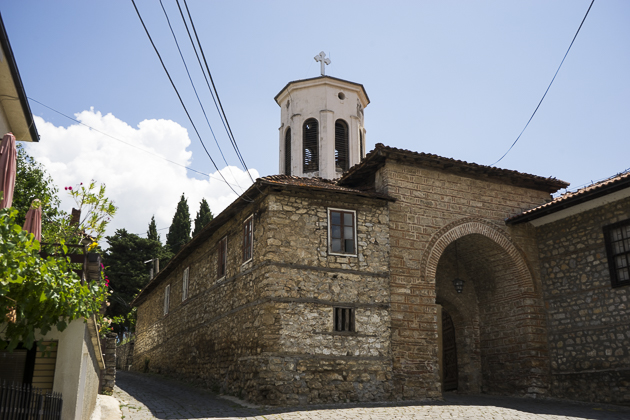
Another 13th century church can be found near the ancient theater in Ohrid’s Old Town. The Sv Bogorodiča Perivlepta was commissioned by the son-in-law of the Byzantine emperor Andronikus II Palaeologos in 1295, and contains some of the most important and well-preserved Byzantine frescoes in Macedonia.
Before entering, we bought tickets from a woman behind a glass panel. As she took our money, she asked Jürgen where he was from. “Germany? I am love the Germany people! You want tour? I give you tour!” She came spinning out of her office like the Tasmanian Devil, spewing facts and observations about the frescoes at a clip too rapid for our brains to process. I kept my distance, for fear of getting whipped by her hair, but our tour was over after 45 seconds and she spun back into her office, collapsing into her chair, where we heard her greet the next guests. “Britain? I am love the Britain people!”
Directly across from Sv Bogorodiča is the Icon Gallery. Ohrid is home to some of the most important Orthodox icons in the world, and many are displayed here. The paintings on wood, some dating from the 11th century, have somehow retained their vibrant colors, despite the passage of so many years. The gallery is small and doesn’t cost much, so even if you’re not into icon painting, it’s worth taking a peek inside.
More Pictures from the Sveta Sofia
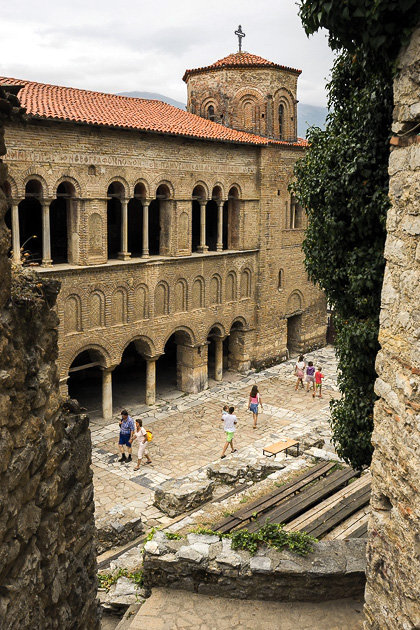
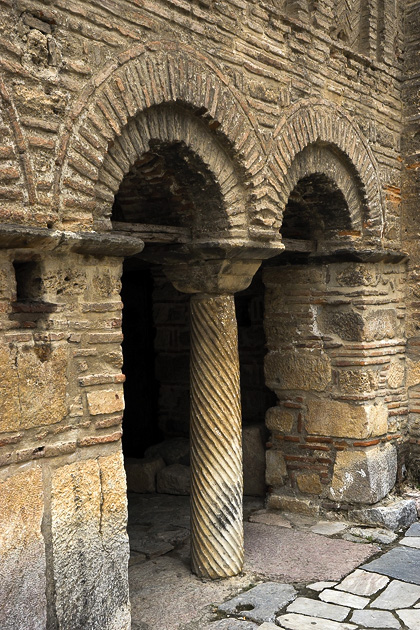
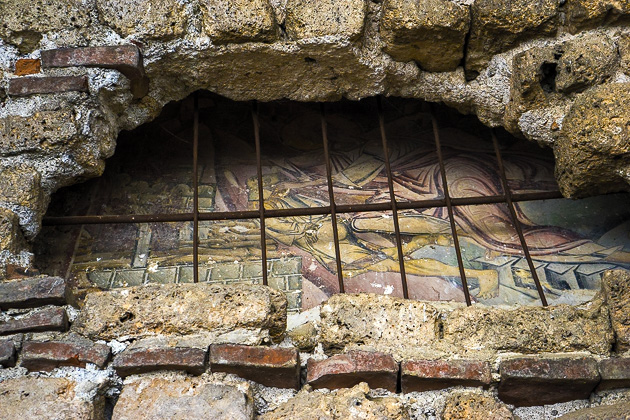
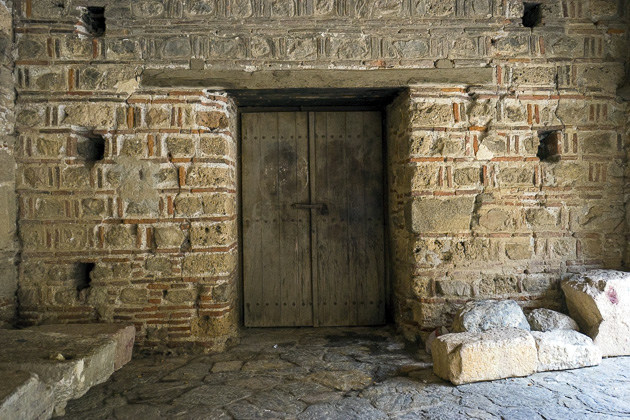


More Pictures from the Sv Jovan Kaneo
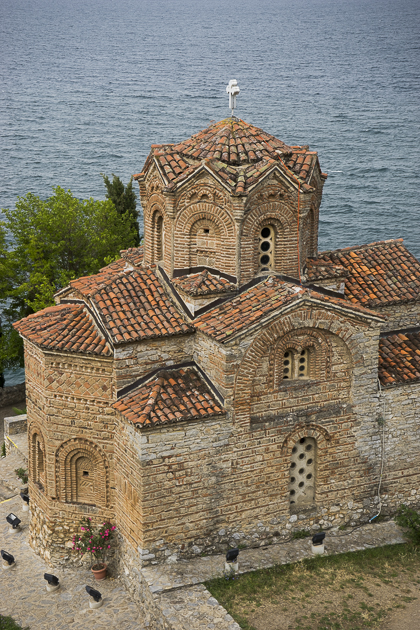
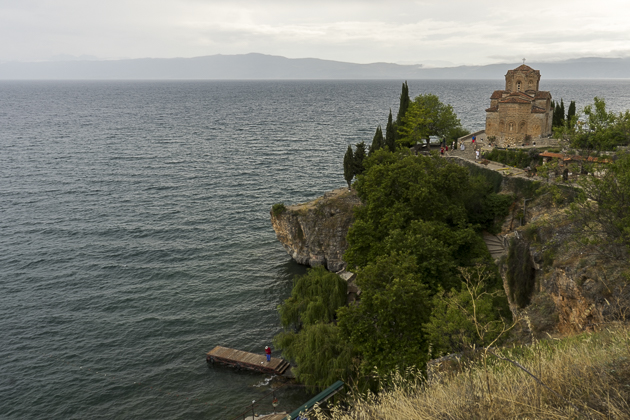
More Pictures from the Sv Bogorodiča Perivlepta

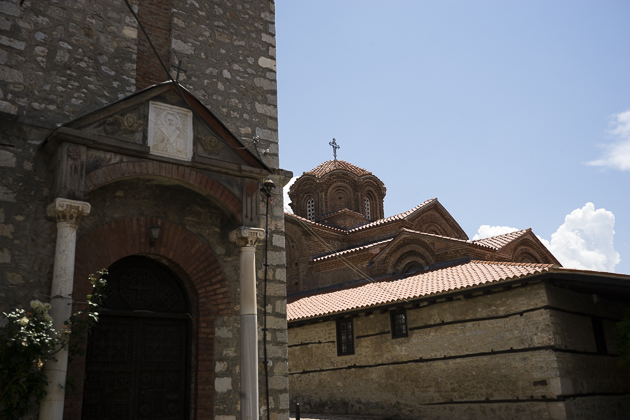
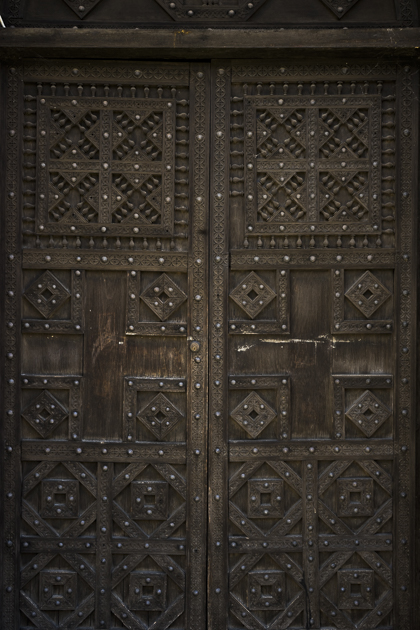
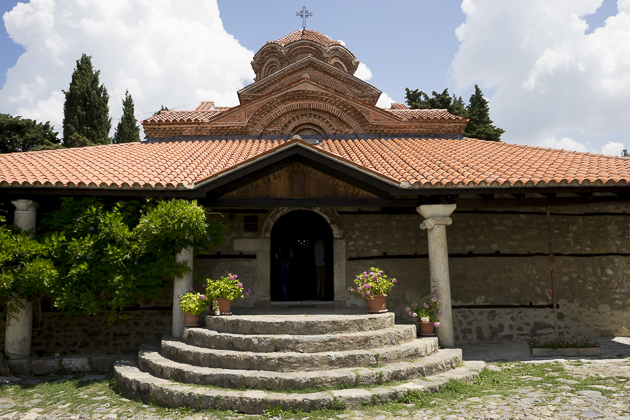
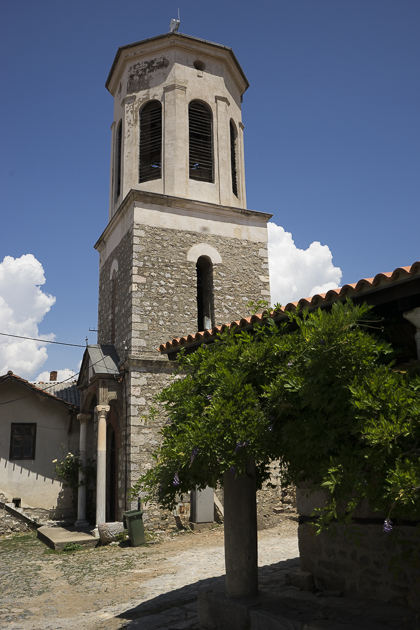
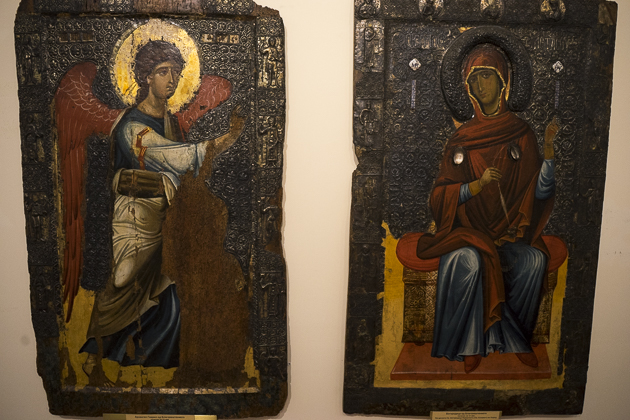

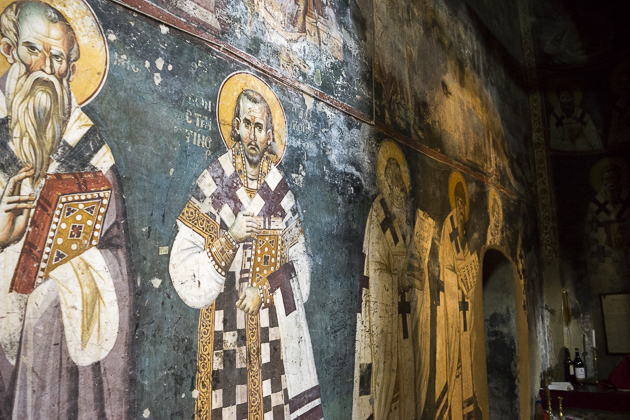
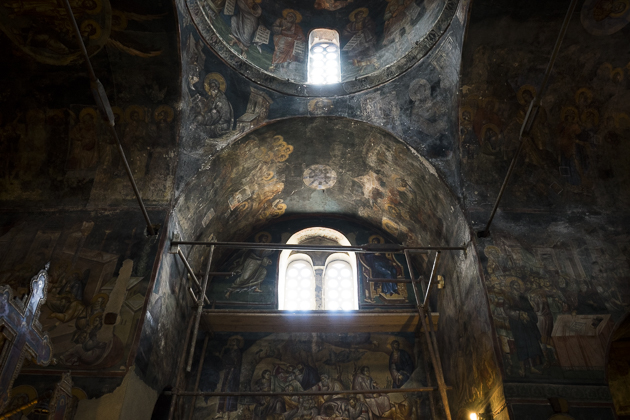
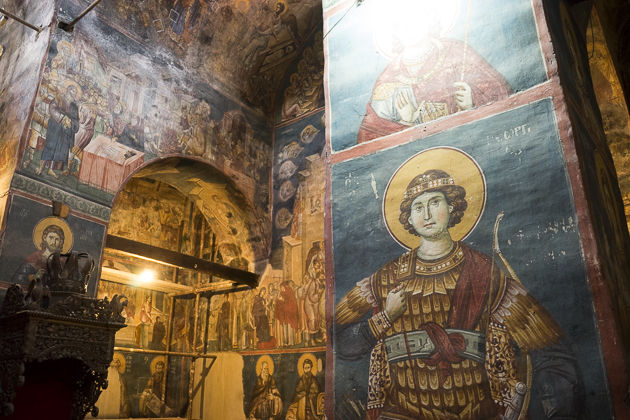
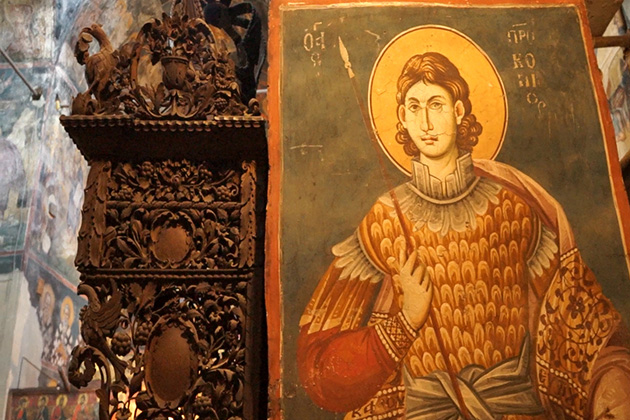

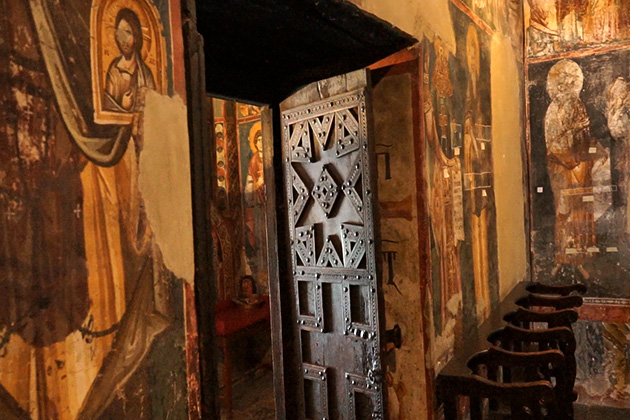

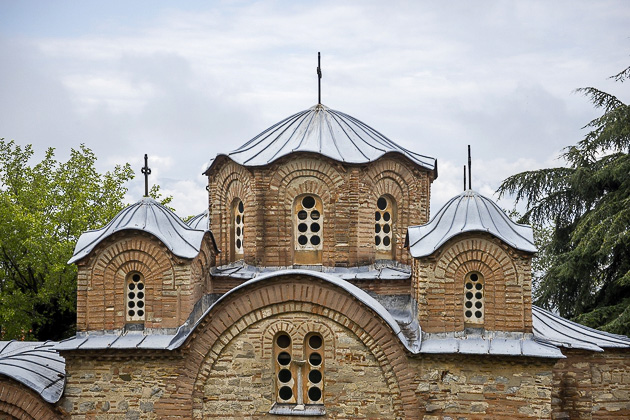
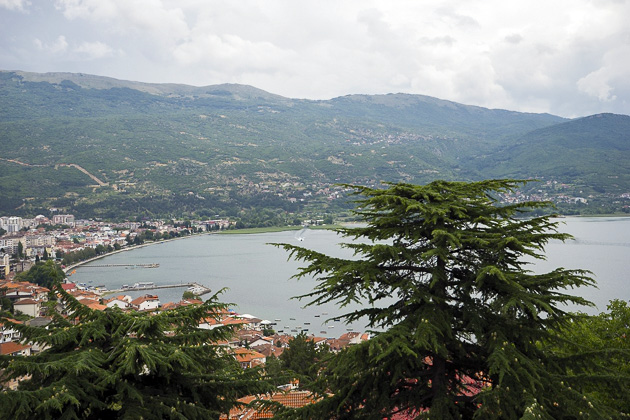
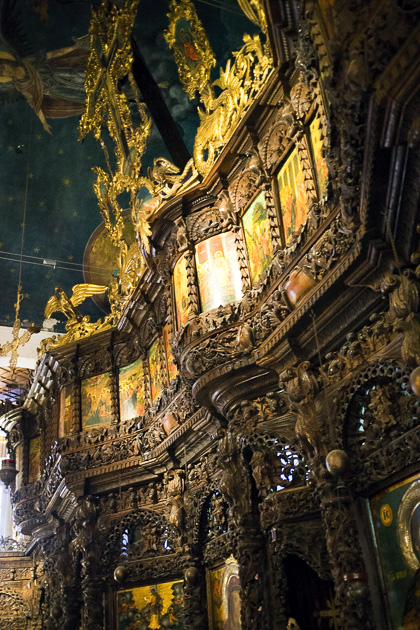

Pingback: Plaošnik and the Church of St. Clement | For 91 Days in Macedonia – Travel Blog
Pingback: More Pictures from Ohrid | For 91 Days in Macedonia – Travel Blog